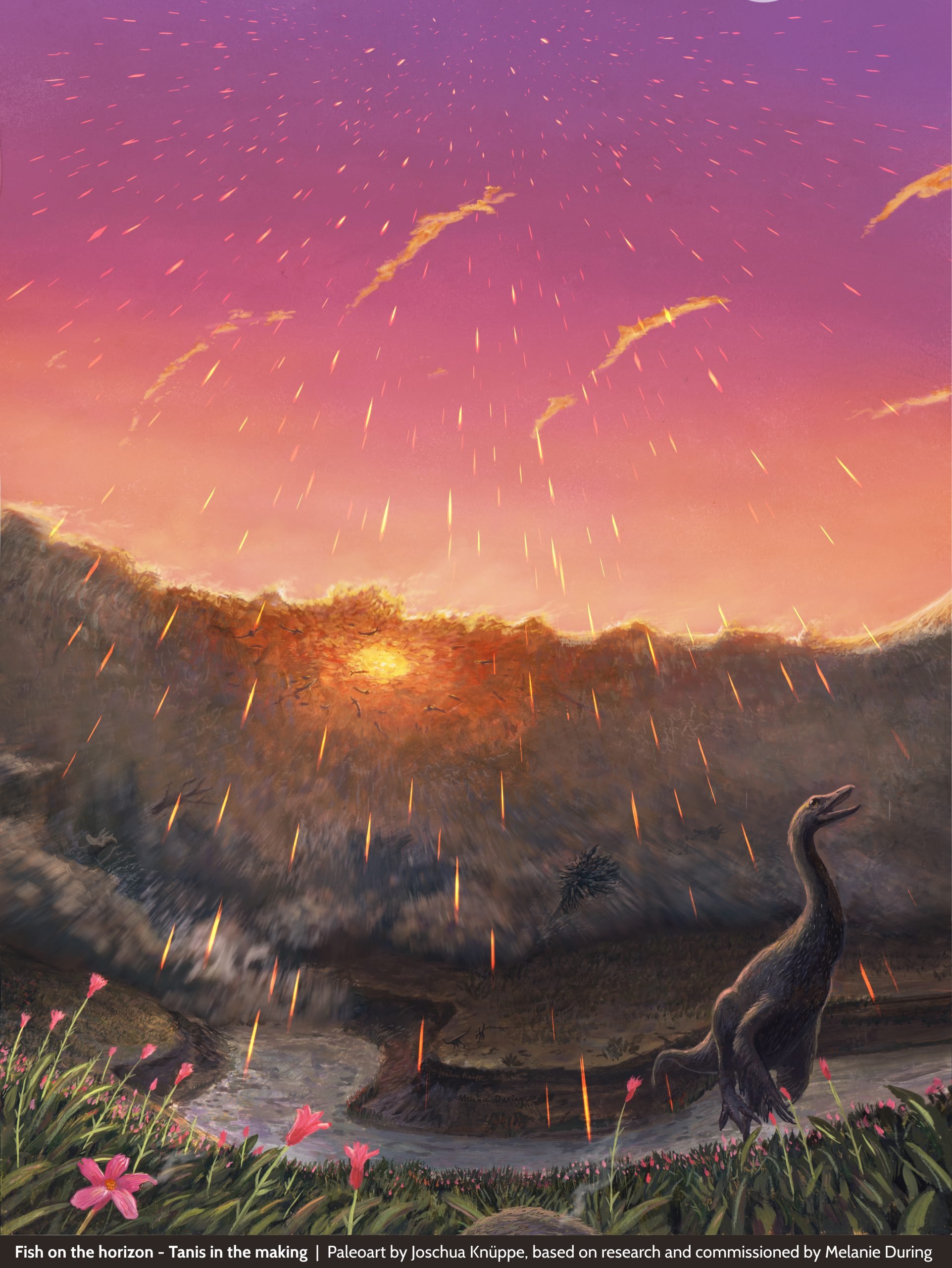Dinos were wiped out in Spring
Published: 3rd March 2022
Updated: 11th October 2024
Published: 3rd March 2022
Updated: 11th October 2024
SCIENTISTS have known for a long time that dinosaurs became extinct when an asteroid struck Earth 66 million years ago.

New research suggests that the strike probably took place in springtime – and the timing may have made more species extinct. Three-quarters of Earth’s species were destroyed after the asteroid smashed into modern-day Mexico. Scientists now reckon the event took place during the northern hemisphere’s spring. They say that made many animals to the north of the equator more vulnerable to the heatwave caused by the impact. Certain mammals, birds and plants might have survived if the asteroid had crashed at a different time of year.
The extreme heatwave caused by the strike affected the whole planet. It wiped out many animals, and temperatures later dropped dramatically, The study was led by Uppsala University in Sweden. Melanie During, who worked on the research, said: “In spring, you expect animals to be tending to their offspring, which are very fragile, or perhaps they are still tending to eggs, waiting for them to hatch or be looking for food. That puts them in a vulnerable position.”
But the timing of the impact might have helped species in the southern hemisphere survive, as they would have been hibernating or sheltering at the time, when it was their autumn. The study was led by Uppsala University in Sweden. Melanie During, who worked on the research, said: “In spring, you expect animals to be tending to their offspring, which are very fragile, or perhaps they are still tending to eggs, waiting for them to hatch or be looking for food. That puts them in a vulnerable position.”
Scientists have worked out that the asteroid hit in spring by studying fish fossils. Those fossils show the growth rates of the fishes’ bones, and that points to them dying in the spring. There was also evidence of what the fish were eating at the time of their death, and that also suggested they were eating food that was usually available in the springtime. The fossils were found in Tanis, North Dakota, in the USA, a site that contains many clues as to what happened when the asteroid struck 66 million years ago.
First News reaches millions of young readers every week, at home and at school. Our age-appropriate news stories and activities spark curiosity, build media and information literacy skills and empower children with the tools to navigate the world.